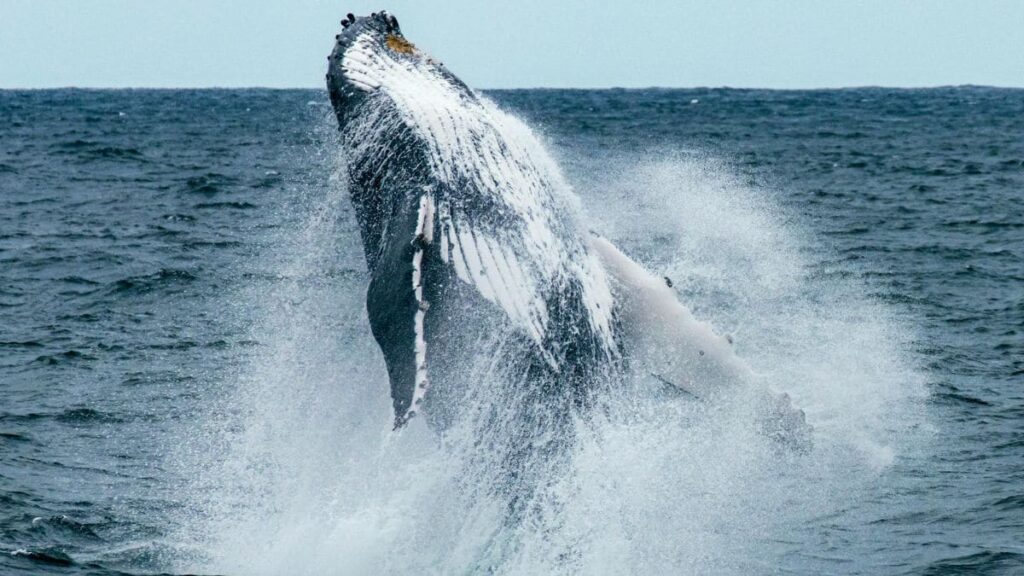North Atlantic Right Whales (NARW) are one of the Earth’s most critically endangered mammals. While commercial whaling is no longer a threat to them, accidental entanglement in fishing gears and vessel strikes account for a lot of NARW deaths. Researchers have been tracking their movements to prevent these by mapping their primary food source, a reddish planktonic copepod named Calanus Finmarchicus. Using NASA satellite data, they found a way to detect Calanus swarms at the ocean surface in the Gulf of Maine, picking up on the animals’ natural red pigment. This new approach may help to understand the migration pattern of the NARW based on those copepod gatherings.
Understanding the patterns
According to a new study, this approach uses data from the Moderate Resolution Imaging Spectroradiometer (MODIS) aboard NASA’s Aqua satellite. The MODIS instrument reads how the spectrum of sunlight reflected from the ocean surface changes in response to what’s in the water.
Astaxanthin, the reddish pigment of the copepods, alters the absorption or scattering of photons in the ocean, affecting the mix of living and non-living matter, allowing MODIS to detect colour changes when a large number of zooplanktons rise to the surface.
Researchers tested a satellite-based copepod detection technique in Norwegian seas a few years ago. The Gulf of Maine, a vital feeding place for right whales during their northern journey, is now the subject of some of the same scientists’ improved methodology. They could estimate the number of microscopic organisms and create improved photos that showed Calanus swarms at the sea surface by integrating satellite data, a model, and field observations.
Future of ocean observation
The efficiency of MODIS is limited because it only detects the red pigment of the copepods rather than the organism itself. It leaves the chance of false detections of other small reddish animals. Cloud cover, rough seas, or deeper swarms limit what satellites can spot.
NASA’s next-generation PACE (Plankton, Aerosol, Cloud, ocean Ecosystem) satellite — launched in 2024 — is poised to improve the detection of zooplankton and phytoplankton dramatically.
The PACE mission utilizes the Ocean Colour Instrument, detecting over 280 wavelengths of light, providing better insights into ocean colour and plankton types.
For the latest tech news and reviews, follow Gadgets 360 on X, Facebook, WhatsApp, Threads and Google News. For the latest videos on gadgets and tech, subscribe to our YouTube channel. If you want to know everything about top influencers, follow our in-house Who’sThat360 on Instagram and YouTube.

Apple Said to Be Testing Under-Display Face ID on iPhone 18 Pro, iPhone 18 Pro Max Models
Google Might Be Working On Connecting Apps With Gemini Live: Report



